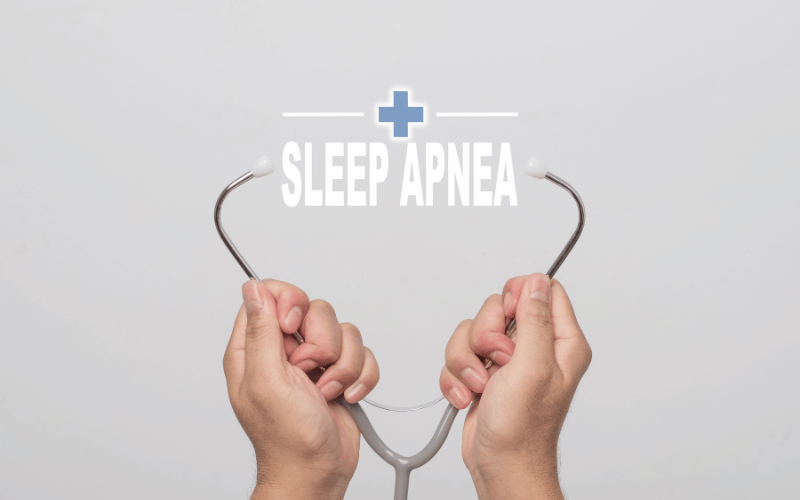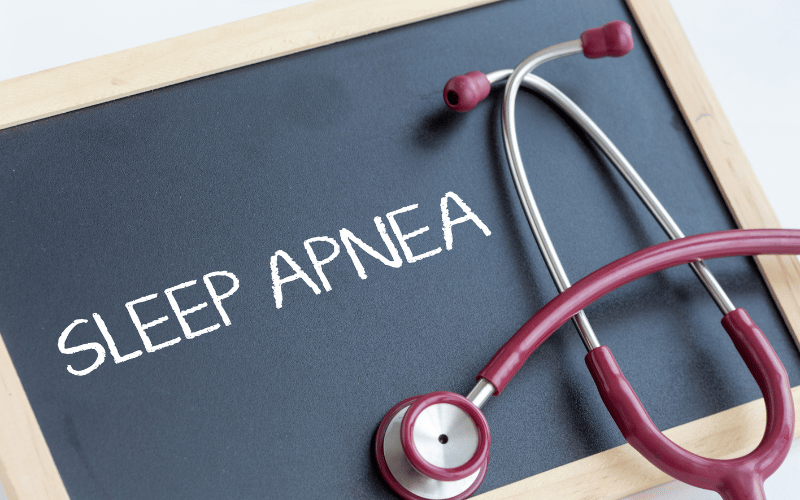Introduction

In the world of sleep disorders, sleep apnea (or sleep apnoea) is a heavyweight. Far from being a simple snoring issue, it has the potential to derail one’s health, impacting not only sleep quality but also various other aspects of daily life. Recognizing the significance of this sleep-related disorder is not merely about medical lexicon; it’s about understanding its effects on a personal, day-to-day basis.
Sleep is the body’s natural rejuvenation mechanism. When sleep is interrupted or disturbed, it isn’t just a matter of feeling groggy the next day. These disturbances can have long-term effects on mental health, cognitive functions, and physical well-being. And sleep apnea is one of the primary culprits that lurk in the shadows, often undiagnosed and underestimated. But what is it exactly?
Sleep apnea, at its essence, is characterized by periodic cessations in breathing during sleep. Picture this: you’re sleeping soundly, but suddenly your breathing stops for several seconds, even minutes. As abruptly as it stopped, it starts again, only to repeat the cycle multiple times throughout the night. It’s unsettling to envision, but for many, this is a nightly reality. And this isn’t just about breathing; these interruptions can have domino effects on cardiovascular health, metabolism, and even mental well-being.
There are two main culprits behind this disorder: Obstructive Sleep Apnea (OSA) and Central Sleep Apnea (CSA). Each has its unique features, causes, and implications. To make informed decisions and take control, one must first delve deep into understanding these two types.
Type 1: Obstructive Sleep Apnea (OSA)

Obstructive Sleep Apnea, commonly referred to as OSA, is the predominant variant of sleep apnea. As the name suggests, it stems from an obstruction. But what exactly is blocked? It’s the airway, specifically in the throat region. This obstruction occurs when the muscles supporting the soft tissues, like the tonsils and the tongue, momentarily relax. When they do, these soft tissues collapse and block the airway.
Imagine this: a night filled with episodes of snoring, punctuated by sudden silences when breathing stops, only to resume with a gasping or choking sound. This erratic breathing pattern is the hallmark of OSA. But the story doesn’t end here. Morning may bring unexplained headaches, a sore throat, or even a dry mouth. And as the day progresses, a person might feel the weight of fatigue, battling drowsiness during activities that demand alertness.
Left to its devices, OSA isn’t merely an annoyance; it’s a potent health adversary. OSA can play catalyst to a host of complications. We’re talking about issues that can significantly degrade one’s quality of life, like high blood pressure, heart ailments, and even type 2 diabetes. If these weren’t enough, there’s the looming threat of metabolic syndrome, a medley of conditions that up the risk of heart disease.
One might ask, “Is there light at the end of this tunnel?” Absolutely. The Continuous Positive Airway Pressure (CPAP) machine is a beacon of hope for many. This device, akin to a mask, introduces a constant stream of air, ensuring the airway remains unblocked. For those not comfortable with CPAP, other treatments like positional therapy or dental appliances might be the answer.
OSA, with its intricate patterns of disruptions and consequences, is undoubtedly a formidable opponent. But with understanding and timely interventions, it’s a battle that many have fought and won. Remember, it’s not just about restoring sleep, but reclaiming life’s vigour and zest. (1)